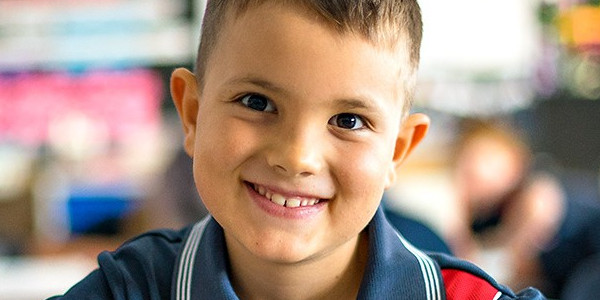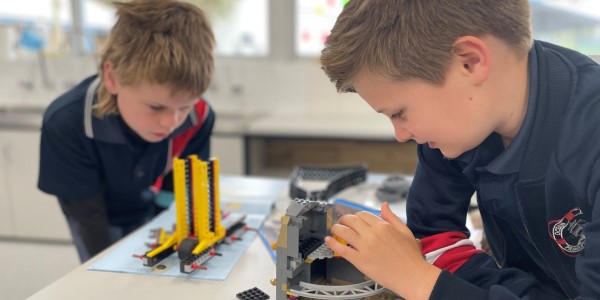To help between now and the end of term…
We recognise it is difficult to know ‘Where do I start?” To help, we are have sourced some resources to get you started. These PDFs can be printed and used at home.
The files are quite large and this link will direct you to a closed Googledrive where you can download them. There is one for every year and also a mindfulness sheet. We do not expect the students to return this work to us.
Mindfulness – Home Resource Pack
This is a great Podcast for some ideas when the whole family are working at home
In addition, here are some useful tips and some other resources
Teachers are not in a position to provide individual work packages but here are some tips and resources that may be useful during their time away.
Don’t try to recreate school at home
no matter how much you try to create a school environment, your kids will still see you as their caregiver, which is a different relationship to the one they have with their teacher. Creating expectations tailored to a homeschool environment will help you find the balance and discover what this relationship looks like.
Set the Expectations
- Create a daily checklist of what you what to achieve
- Maybe use a separate book for each subject
- get your child to take ownership of their own of the checklist
- be realistic about what you can achieve. Starting out, decide on what you need to cover in a day, assess how much you actually cover and use that as a guide for your daily checklist. You may be surprised how much, or how little, is actually achieved.
- Take your time to understand what is realistic and don’t stress.
- Celebrate the achievement and spend some time at the end of the day celebrating what went well and what you could do differently on the next day.
Homeschool time is different to School Time
During the school days, there is a lot of downtime for students when they’re socialising, playing and having some mental space to let the learning sink in.
- Build in plenty of breaks, short water stops, a chance to run around the garden.
- You can fit more into a homeschooling day, so don’t feel you have to fill complete school day’s worth.
Classrooms vs 1:1 learning
It is important to remember that your child is very used to working independently without 1 on 1 attention. Don’t feel guilty about leaving them to work on tasks and projects on their own. Creating the structure and clear expectations when you leave them to work independently helps to avoid kids getting distracted or frustrated with the task.
Take time with ‘Why’ Questions
It can be tempting to move on from ‘why?’ questions that are inevitable when you’re interacting in a learning environment. Often you may feel that you need to complete the task. Take the time to explore with your child what they are curious about.
Teach what you know and love
To create the best learning experience for your child, teach what you know and love. Don’t worry if all the subject areas aren’t covered. This time at home is an opportunity for your child to develop a new style of learning.
If you have a hobby, like cooking, art or gardening, this may be a time to get them involved too.
Use a simple Teaching Framework
I do, we do, you do
This is a simple framework when teaching your child something new. You demonstrate the skill to your child, then you do it together, them let them explore it themselves.





